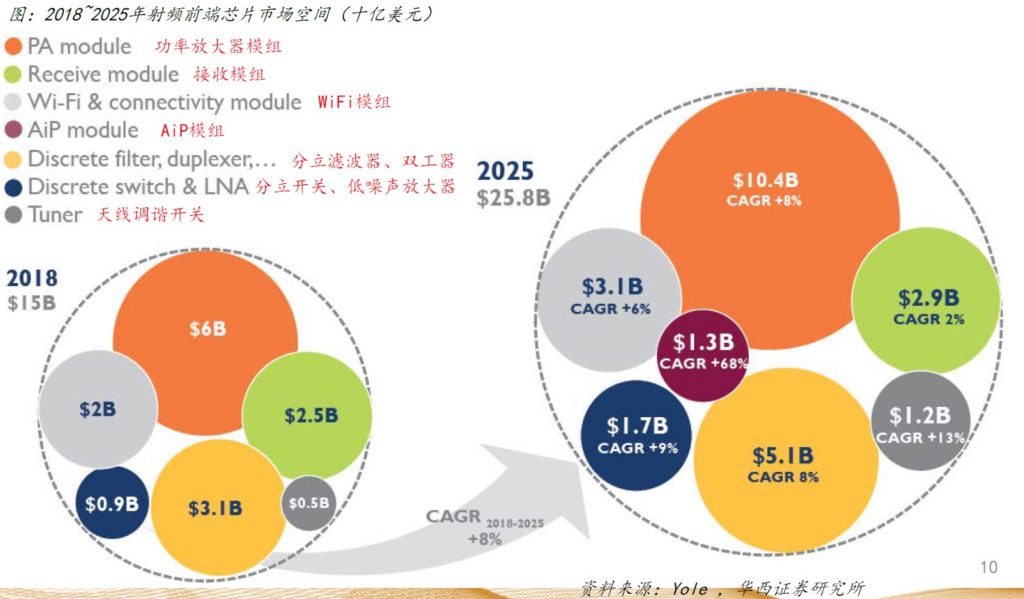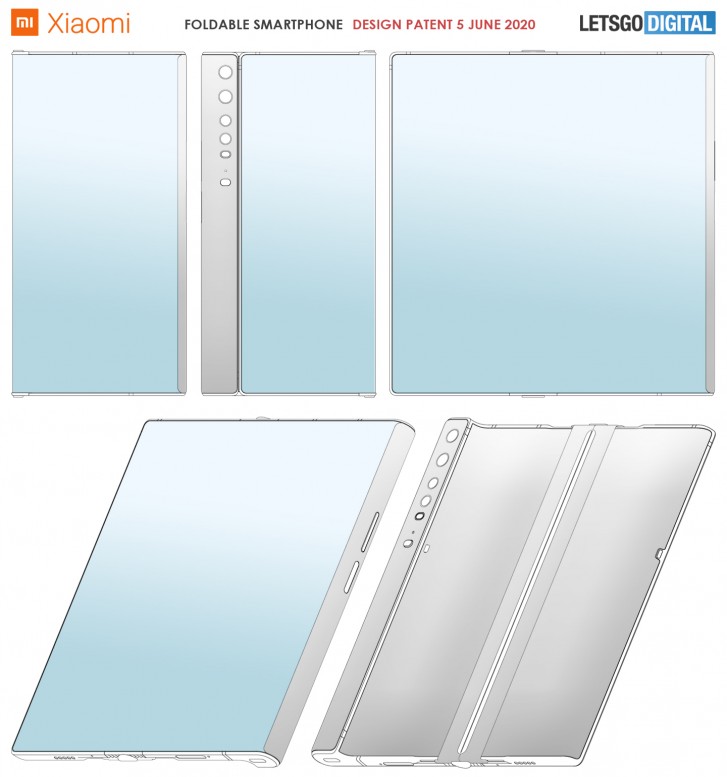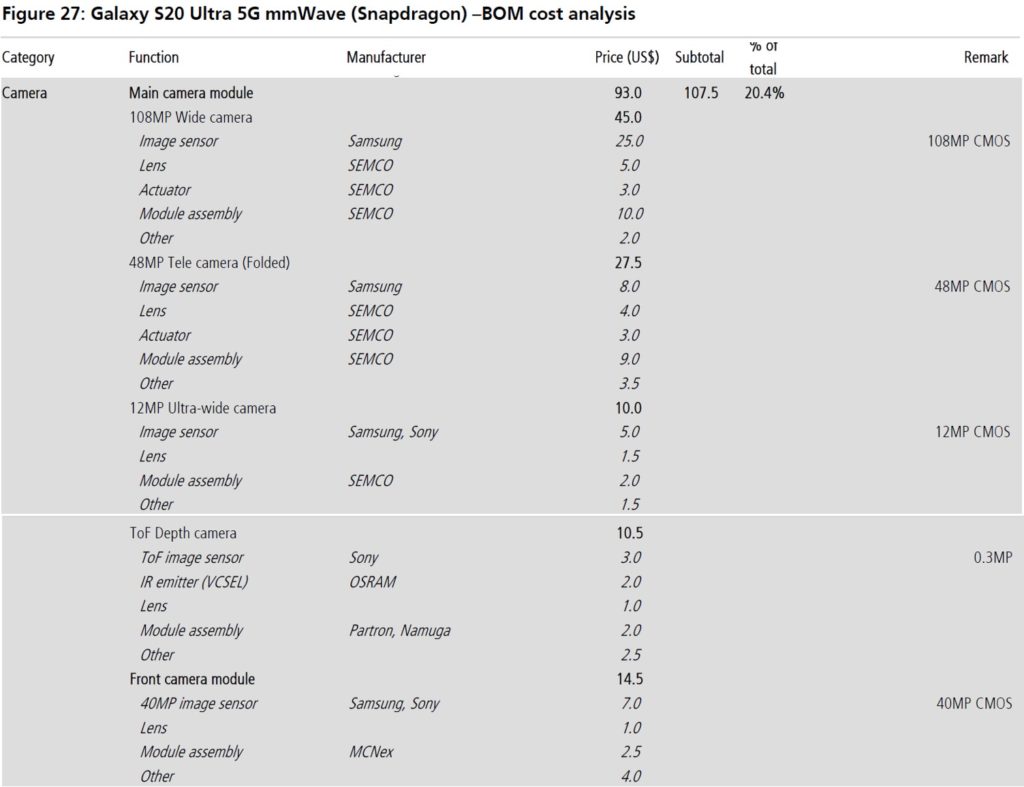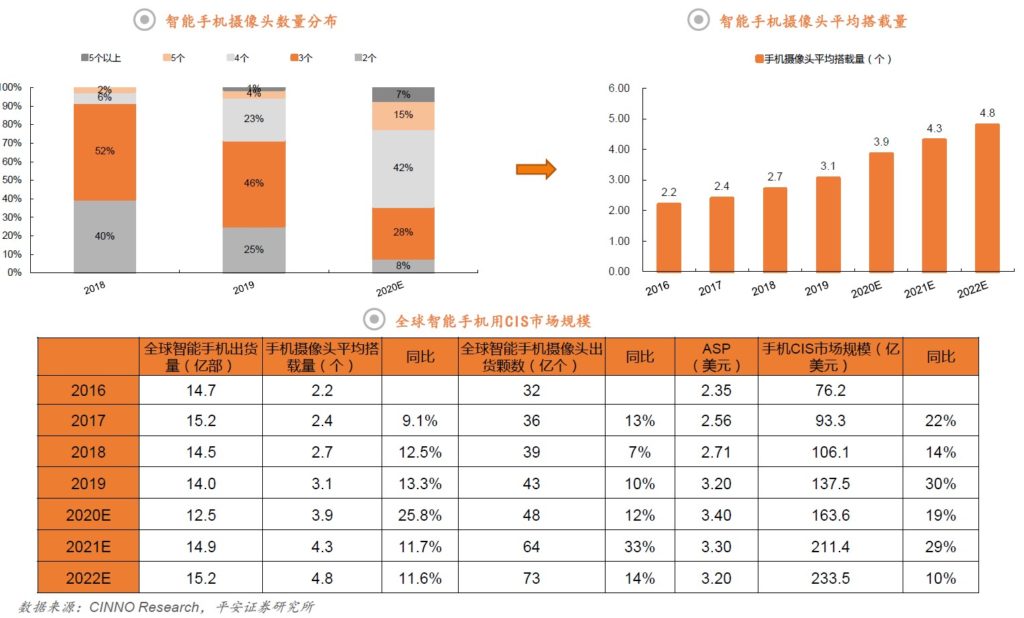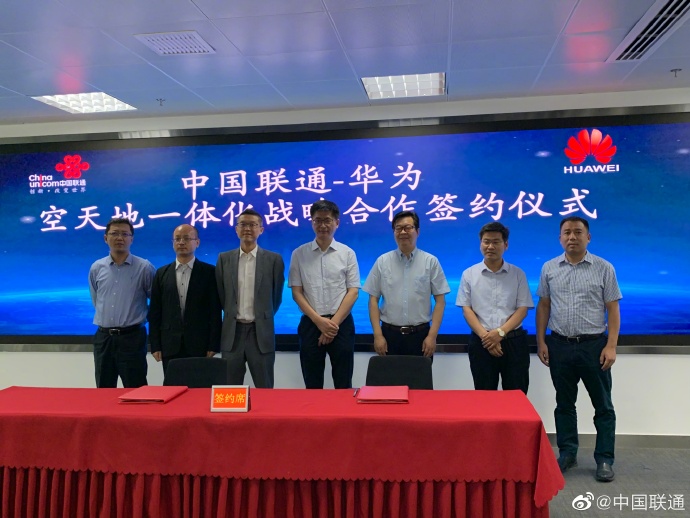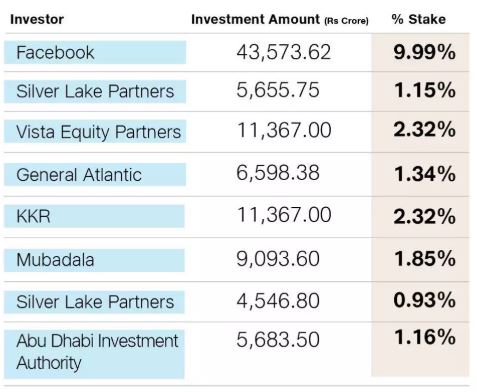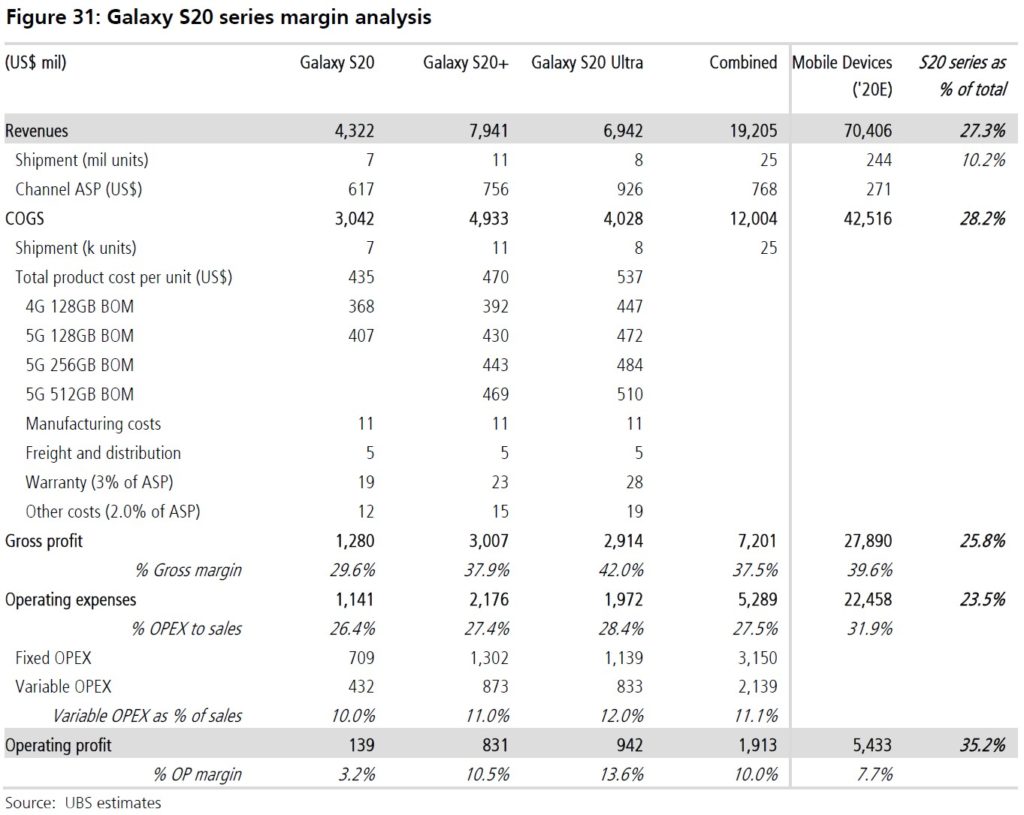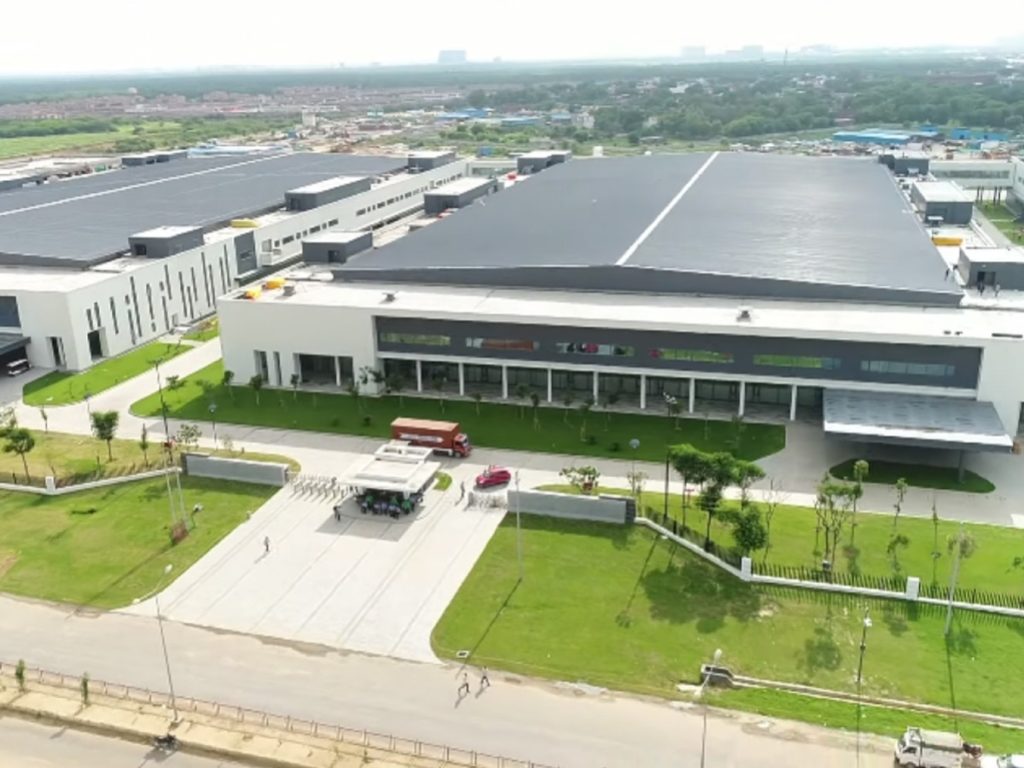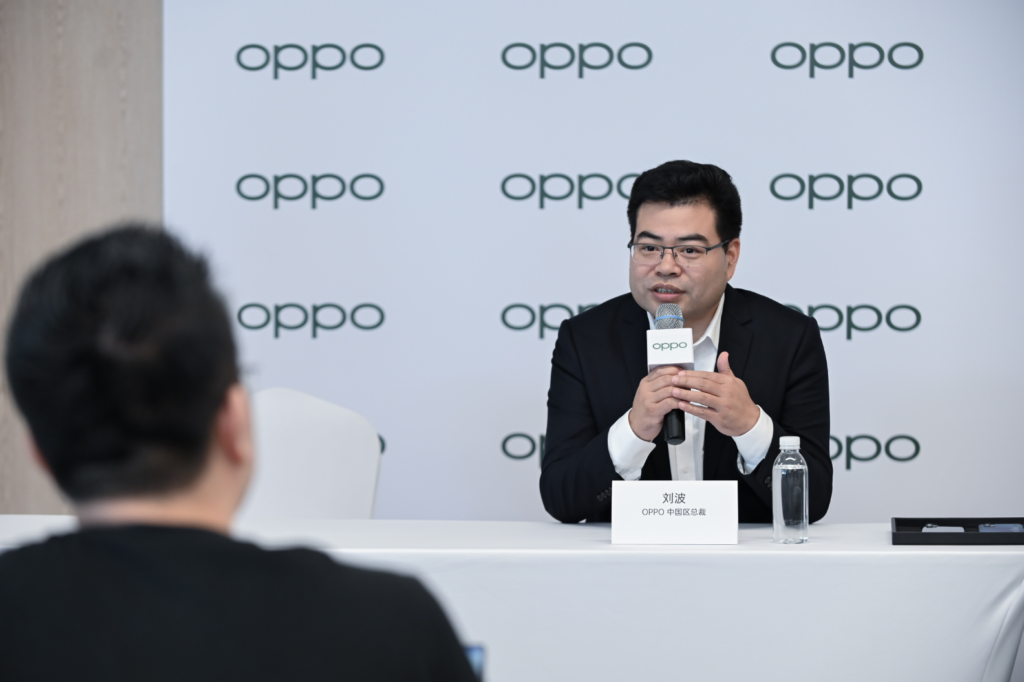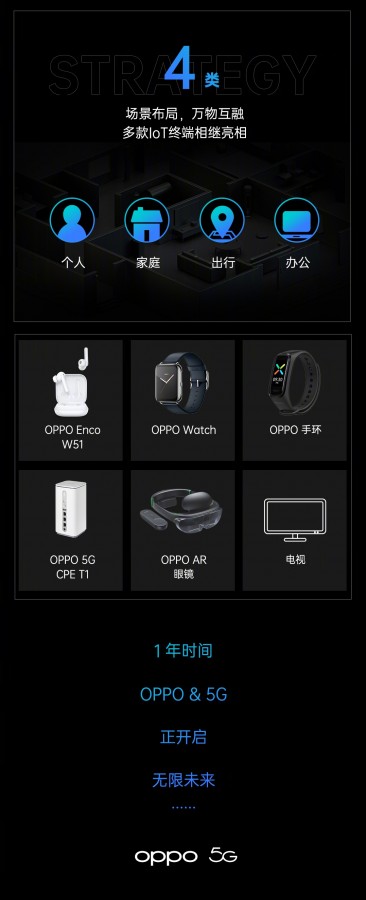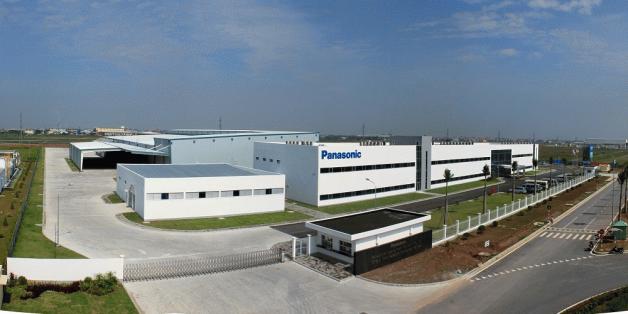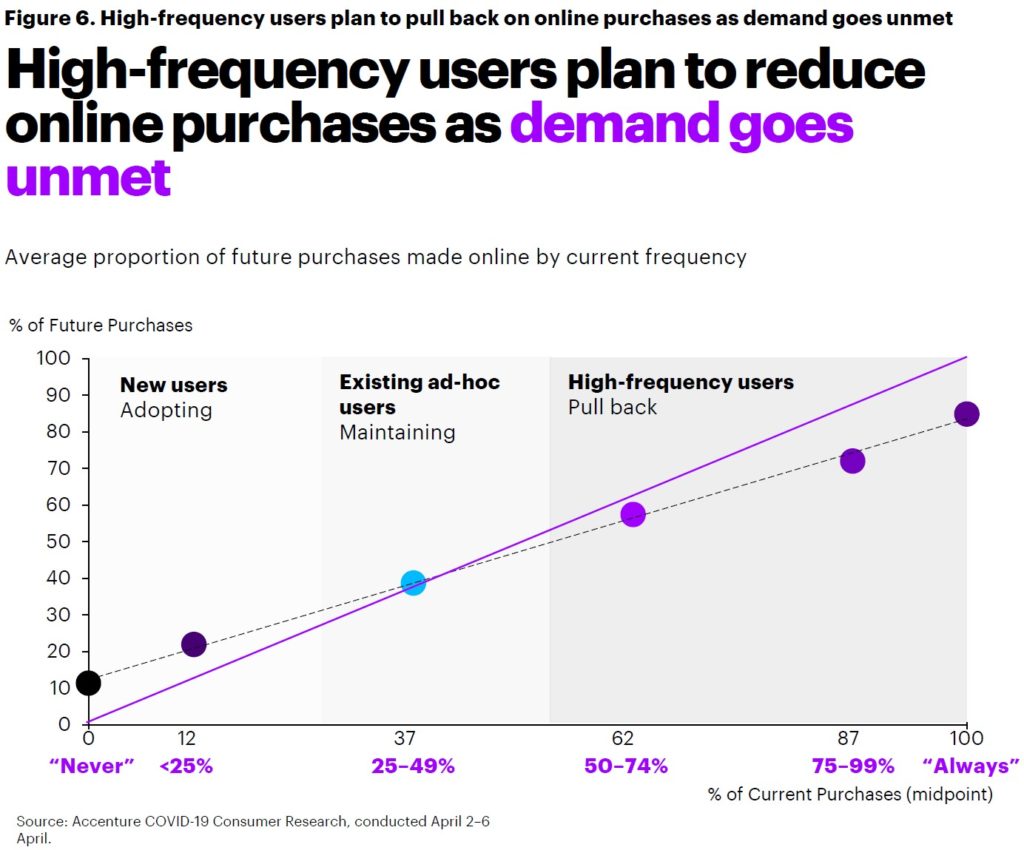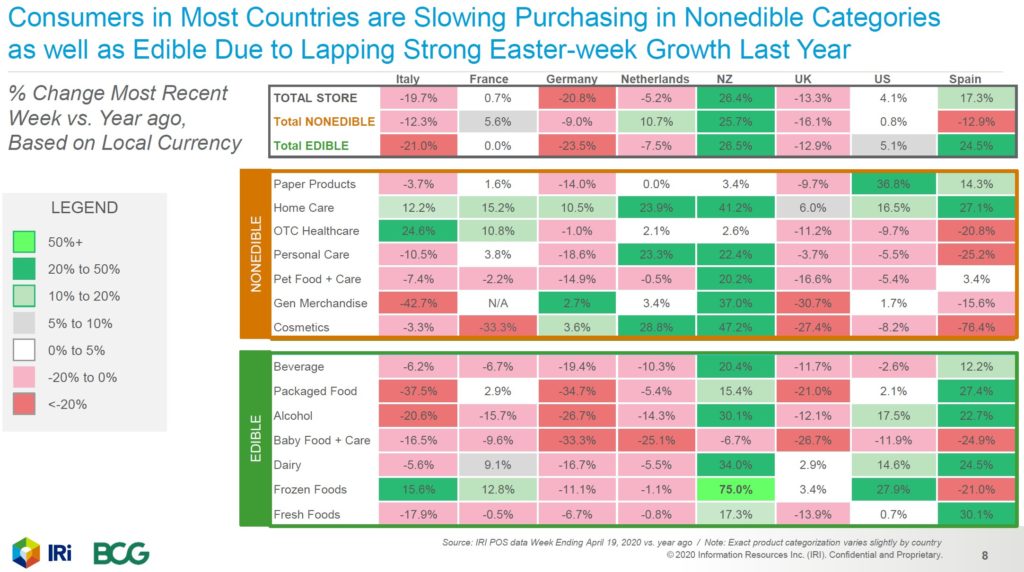
6-8 #RainingDays: Sanan Semiconductor and CSOT have jointly established a lab to develop Micro-LED technology; China Unicom and Huawei have signed a strategic cooperative agreement on low-orbit satellites and integration of 5G network technologies & solutions; etc.
Chipsets
According to CSIA, in 1999, semiconductor sales in Mainland China were USD42.85M, accounting for 0.04% of the global total. After 20 years in 2019, Mainland China’s semiconductor sales accounted for 5% of the global sales, about USD20.615B, an increase of more than 400 times from 1999. In the past 5 years, the growth rate of semiconductor sales in Mainland China has exceeded 20%, much higher than the growth rate of the global semiconductor industry. As traditional semiconductor powers such as the United States, Western Europe and even Japan have once again listed the development of the semiconductor industry as a key development target, the development of Mainland China is facing more intense competition and obstacles. (GF Securities report)
In a long term, the growth trend of domestic integrated circuit design capabilities with the help of the “production, learn, and research” will remain unchanged, and it is expected to gradually achieve higher technical barriers for RF front-end transmit/receive modules and various types of memory chips within 3-5 years (NAND, DRAM, NOR), domestic substitution of MEMS chips, then domestic IC design manufacturers will also embrace a larger industry space. (GF Securities report)
The domestic mature process foundry is still dominated by SMIC and Huahong. SMIC has perfect OEM capabilities for mature process nodes, which can fully meet various downstream needs. In the future, SMIC Shanghai 8” fab, Tianjin 8” fab and Shenzhen 8” fab are actively expanding production capacity. In addition to SMIC and Huahong, China Resources (CR) Micro, CanSemi Technology, Shanghai ASMC, Hangzhou Silan Integrated Circuits, Beijing Yandong Microelectronics and other existing domestic mature production lines have capacity expansion plans. (GF Securities report)
According to Yole Development data, the global mobile terminal RF front-end market size was USD15B in 2018, and it is expected to reach USD25.8B in 2025, with a CAGR of 8% in 7 years. (Huaxi Securities report)
Touch Display
Samsung’s patent titled “Electronic Device for Preventing Display Burn-In” relates to technology that prevents display burn-in. The patent states the display may adjust the brightness of the fingerprint sensing area. (CN Beta, My Drivers, Patently Apple)
Xiaomi’s patent of a new foldable smartphone features a display that folds outwards, and features a bar where the phone is meant to be held. Not only is this the thickest component of the smartphone, but this bar also houses the device’s four cameras. There is no dedicated selfie camera(s), so these cameras will be used for closeups as well. (My Drivers, LetsGoDigital, GSM Arena)
Chinese LED chip producer Sanan Optoelectronics has announced that its subsidiary Quanzhou Sanan Semiconductor and TCL subsidiary Shenzhen China Star Optoelectronics Technology Co (CSOT) have signed an agreement recently to establish a joint laboratory to develop Micro-LED technology. CSOT and Sanan Semiconductor jointly invested to set up a joint R&D lab with R&D capital of CNY300M, with CSOT contributing 55% and Sanan Semiconductor contributing 45%. (Laoyaoba, Sina, Sohu, NBD, Techpost)
Camera
Cameras features are where UBS saw one of the most noticeable upgrades for Samsung Galaxy S20, especially for the highest-end S20 Ultra model. S20 Ultra comes with a quad camera module with 108MP main camera. Both S20 and 20+ comes with the same tri cam combination of 12MP wide + 64MP tele + 12MP ultra-wide. All put together UBS estimates the rear camera module costs for S20 / S20+ / S20 Ultra to be USD60 / USD71 / USD93 respectively. (UBS report)
The trend of mobile phones from dual-camera to multi-camera, the increase in the number of mobile phone cameras has gradually accelerated the improvement of 3D imaging quality such as wide-angle, telephoto, macro and bokeh, and also greatly expands the image sensor (CIS) market . In 2019, the use of each phone camera is about 3.1 pieces, and it is expected to reach 4.3 pieces in 2024. The market size of CIS for smartphones in 2019 is USD13.75B, and it is expected to reach USD23.35B in 2022, with a CAGR of 19.3%. (Pingan Securities report)
In 2020, it is estimated that OmniVision’s high-end 48MP CIS monthly capacity demand will rise from 55K~58K to about 700K units, mid-range CIS such as 12MP, and low-level CIS, such as 8MP and below will have monthly capacity demand of about 20K pieces. 48MP has become the main driving force for OmniVision’s demand. In the phone CIS market, OmniVision is expected to seize the opportunity of 48MP. (Pingan Securities report)
Biometrics
In 2019, the shipment of fingerprint on display (FoD) sensors reached 200M units, which is a 7-times increase from 25M in 2018. Shipment of FoD in 2020 is expected to be around 273M units, an increase of 36.5% YoY. It is expected that as the impact of the pandemic gradually disappears, the FoD will return to the track of rapid growth, and the compound growth rate is expected to reach 64% in 2019-2022. (Pingan Securities report)
Connectivity
UBS’ analysis shows incremental cost from 4G to 5G sub-6GHz being ~USD25 and from sub-6GHz to mmWave another USD56. Whilst UBS sees some incremental system integration for sub-6GHz compared to the first generation in 2019, they think there is more room for optimization for the mmWave version. (UBS report)
China Unicom and Huawei have signed a strategic cooperative agreement on low-orbit satellites and integration of 5G network technologies & solutions, aiming to explore satellite-based Internet of Things (IoT), satellite car networking and other business applications. (My Drivers, Twitter, Techpost, Weibo)
Reliance Jio Platforms has said it will sell a stake of 1.16% for INR5,683.5 crore (USD750M) to Abu Dhabi Investment Authority (ADIA). Reliance Industries, the most valuable firm in India, has now secured nearly USD13B from 7 investors including Facebook, and U.S. private equity firms Silver Lake and General Atlantic by selling close to 20% stake. (TechCrunch, Economic Times, Money Control)
Phone
UBS estimates that Bill of Materials (BOM) for the 5G Sub-6GHz Samsung Galaxy S20 at USD407, S20+ at USD430, and S20 Ultra at USD472 (all 128GB storage versions). This suggests S20 series blended average BOM cost of USD426, indicating 25% increase vs S10 series (when blending in 4G volumes), driven by 5G and camera upgrades. Hence on top of the overall smartphone demand weakening due to COVID-19, UBS sees 5G amplifying BOM cost and the industry margins being under incremental pressure. Looking beyond, UBS expects a sharp market volume recovery and 5G-related cost down from scale to help ease the pressure into 2021. (UBS report)
Assuming UBS’ current forecast of 25M sell-in units for 2020, they estimate that Samsung Galaxy S20 series would generate 10.0% operating margin, or KRW1,913B in absolute profit terms (c. 35% of total Samsung Mobile Devices profit for 2020). This stays slightly accretive to the overall Mobile Devices margin (UBS estimates 7.7% for 2020). UBS believes the main reasons for the limited margins premium are 1) weak volume partially due to COVID-19 demand impact (S20 25M vs S10 32M in 2019) and 2) meaningful BOM cost increase with 5G and overall spec upgrade. (UBS report)
OPPO, realme and OnePlus are finding it difficult to meet the pent-up demand in both online and bricks-and-mortar channels following the shutdown of the OPPO factory in Greater Noida. Channel checks revealed OPPO and realme’s sub-INR15,000 smartphones are largely unavailable in both offline and online channels. (Economic Times, GizChina)
OPPO VP Liu Bo has responded to the volume drops of OPPO in 1Q20, saying that internally within the company they do not view this as a volume drop, but a adjustment for new battle. He has indicated that from 2G to 3G and 3G to 4G, as well as 4G to 5G, there is always a readjustment on the older generation products, to render them lower cost and less models. (CN Beta, Sohu)
Home
OPPO is celebrating 1 year of commercial 5G efforts in China. In the next 3 years, OPPO will invest CNY50B in 5G, 6G, AI, AR and other fields, and continue to explore innovative application scenarios such as 3D video, 5G AR, VR, 5G cloud games, 5G edge computing, and AI. OPPO also confirms that the company is developing and launching a smart TV in 2H20. (Laoyaoba, GSM Arena, Weibo)
Panasonic will shut down a large appliance factory outside Bangkok as early as fall 2020 and consolidate production to a larger facility in Vietnam for greater efficiency. The Thai plant will stop producing washing machines in Sept and refrigerators in Oct 2020. The building itself will be closed by Mar 2021, and a neighboring research and development centered will be shuttered as well. (CN Beta, Nikkei, Medium)
E-Commerce
Consumers are responding to the crisis in a variety of ways. Some feel anxious and worried, fueling the panic-buying of staple and hygiene products. At the other extreme, some consumers remain indifferent to the pandemic and continue their business as usual, despite recommendations from the government and health professionals. Accenture has identified the 5 consumer archetypes through their research in corresponding to how COVID-19 will permanently change consumer behavior. (Accenture report)
According to Accenture, the demand for e-commerce has surged due to the COVID-19 pandemic. In China, Alibaba’s online supermarket, Hema, has reported that orders were up 220% YoY during Chinese New Year, when the virus started spreading. In the United States, online delivery service Instacart’s subscriptions grew 10–20 times in states with the most reported COVID-19 cases. Much of this new e-commerce activity has been from new users. (Accenture report)
As the COVID-19 outbreak accelerates in Europe and the United States, governments, businesses and consumers are changing behaviors rapidly – this is reflected in consumer purchases in Italy, France, U.S., Germany, Netherlands, New Zealand, UK and Spain. In most geographies, sales remain elevated for Home Care and Frozen Food segments, while other areas saw less year-over-year growth in the past week, also due to overlap of Easter week. (iRI & BCG report)

